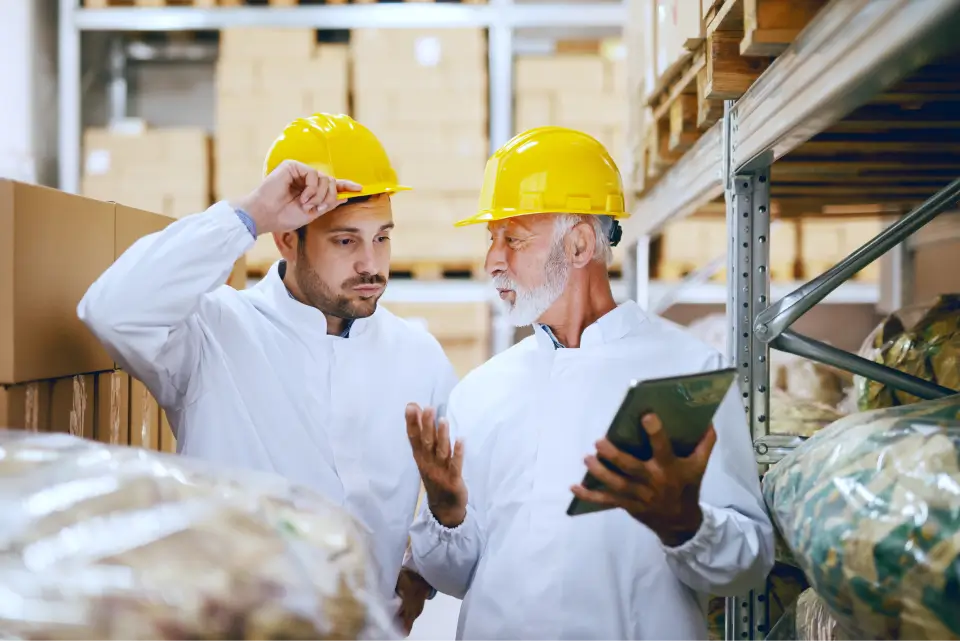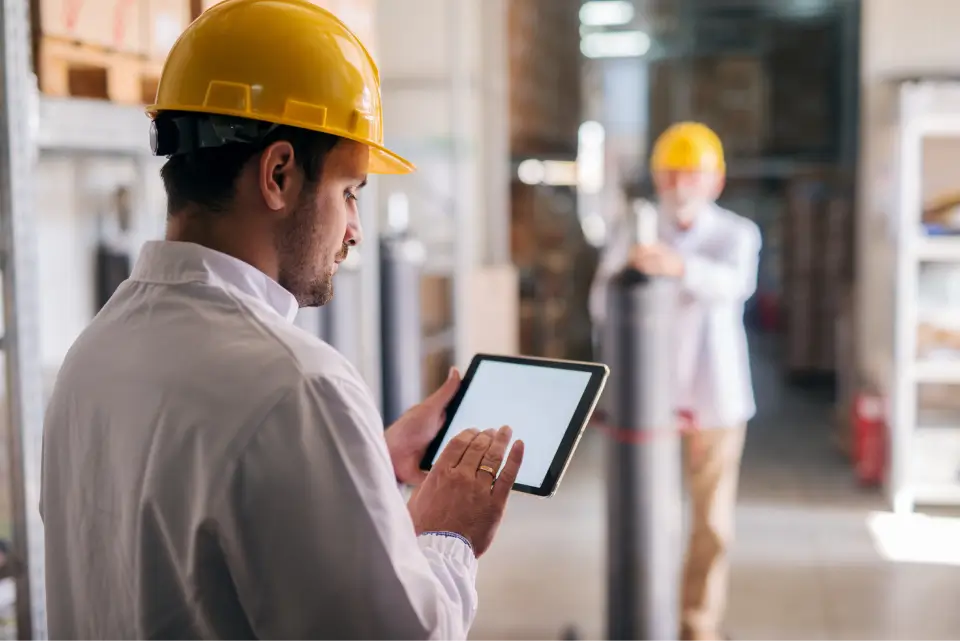Change is like a cosmic game of musical chairs; just when you've settled comfortably into your seat, the music stops, and you find yourself scrambling for a new spot. But hey, isn't it exciting to see where the universe decides to place you next?
Stepping from the cosmos and into the ever-shifting terrain of the modern workplace, change is not just inevitable; it's the only constant. As industries transform, technologies advance, and market dynamics shift, the need for businesses to adapt becomes paramount. Embracing continuous learning is one strategy that many companies use to foster an adaptable workforce.
Imagine a ship sailing through stormy seas. Its crew must constantly adjust their sails, navigate through unpredictable waves, and be ready to adapt to whatever challenges the ocean throws their way. Similarly, in the world of business, an adaptable workforce is like a skilled crew, equipped with the knowledge and resilience to weather any storm.
Continuous learning empowers employees to stay ahead, equipping them with the skills needed to navigate through changing landscapes.
By investing in training and fostering a culture of curiosity and growth, organizations cultivate a workforce that thrives amidst uncertainty and change. Just as a ship relies on its crew's expertise to navigate safely through storms, businesses rely on a workforce committed to lifelong learning to navigate successfully through the ever-evolving currents of the modern workplace.

In a previous blog post, we emphasized the concept of continuous learning as more than just formal training. It signifies an ongoing journey of knowledge acquisition, skill enhancement, and competency development throughout one's tenure in an organization. Continuous learners thrive when they have the opportunity to build upon their established skills and improve their own development.
When employees become lifelong learners, they become more agile and resourceful. They can quickly pivot in response to changing circumstances, identify emerging opportunities, and find innovative solutions to complex problems. In essence, they become the driving force behind organizational adaptability. Being able to adapt can mean the difference between success and failure.
Consider the story of a hypothetical (but there are many!) manufacturer in Dayton, Ohio. Not too long ago, their manufacturing floor was dominated by rows of workers meticulously assembling products by hand. Then, like a gust of wind heralding change, automation swept through their hallowed halls, revolutionizing processes and redefining efficiency. Yet, as the dust settled and the whir of machinery became the new norm, another wave approached—the era of digital transformation.
Rather than clinging to outdated methods and processes, the company encourages its workforce to stay updated with the latest advancements in manufacturing technologies. Through continuous training, like that offered by DeepHow, employees are empowered to continuously enhance their skills and remain at the forefront of industry trends.

As a result, when a new manufacturing process gains traction or new technologies are adopted on the production floor, the company's workforce is well-prepared to embrace the change. Instead of feeling overwhelmed, they view it as an opportunity for advancement. They adapt swiftly, leveraging their expertise to innovate and maintain a competitive edge in the market. And they’re always ready for the next era of transformation.
The benefits of continuous learning extend beyond individual development; they also contribute to a more dynamic and resilient organizational culture. Encouraging employees to share their knowledge and experiences fosters a culture of collaboration and teamwork. Teams become more united, communication improves, and creative ideas flow more freely throughout the organization.
Furthermore, a culture of continuous learning attracts top talent. In sectors like manufacturing, there's an urgent need for innovative strategies to address the widening skills gap and the scarcity of labor. The phenomenon of the Great Resignation, marked by a mass exodus of workers from manufacturing roles in pursuit of better compensation and work-life equilibrium, has left the industry grappling for skilled professionals. Adding to this challenge is the aging demographic within manufacturing, with nearly a quarter of the workforce aged 55 or above. As these seasoned professionals retire, the sector faces a substantial loss of invaluable knowledge, proficiency, and experience. In today's job market, applicants are drawn to organizations that prioritize personal and professional development.
By investing in employee training and development programs, companies not only retain their existing talent but also attract ambitious individuals who are eager to learn and grow.
Encouraging employees to embrace continuous learning is essential for personal and organizational growth. Here are some effective strategies to foster a culture of learning. By implementing these strategies, organizations can create an environment where continuous learning becomes ingrained in the company culture:

Embracing a culture of continuous learning in the workplace fosters adaptability in both the workforce and the overall organizational environment in several key ways:
Overall, embracing a culture of continuous learning creates a dynamic and adaptive workforce that is better equipped to navigate change and drive success in today's rapidly evolving business landscape.


Start capturing, structuring, and activating your expert
knowledge today with a 14-day unlimited free trial.